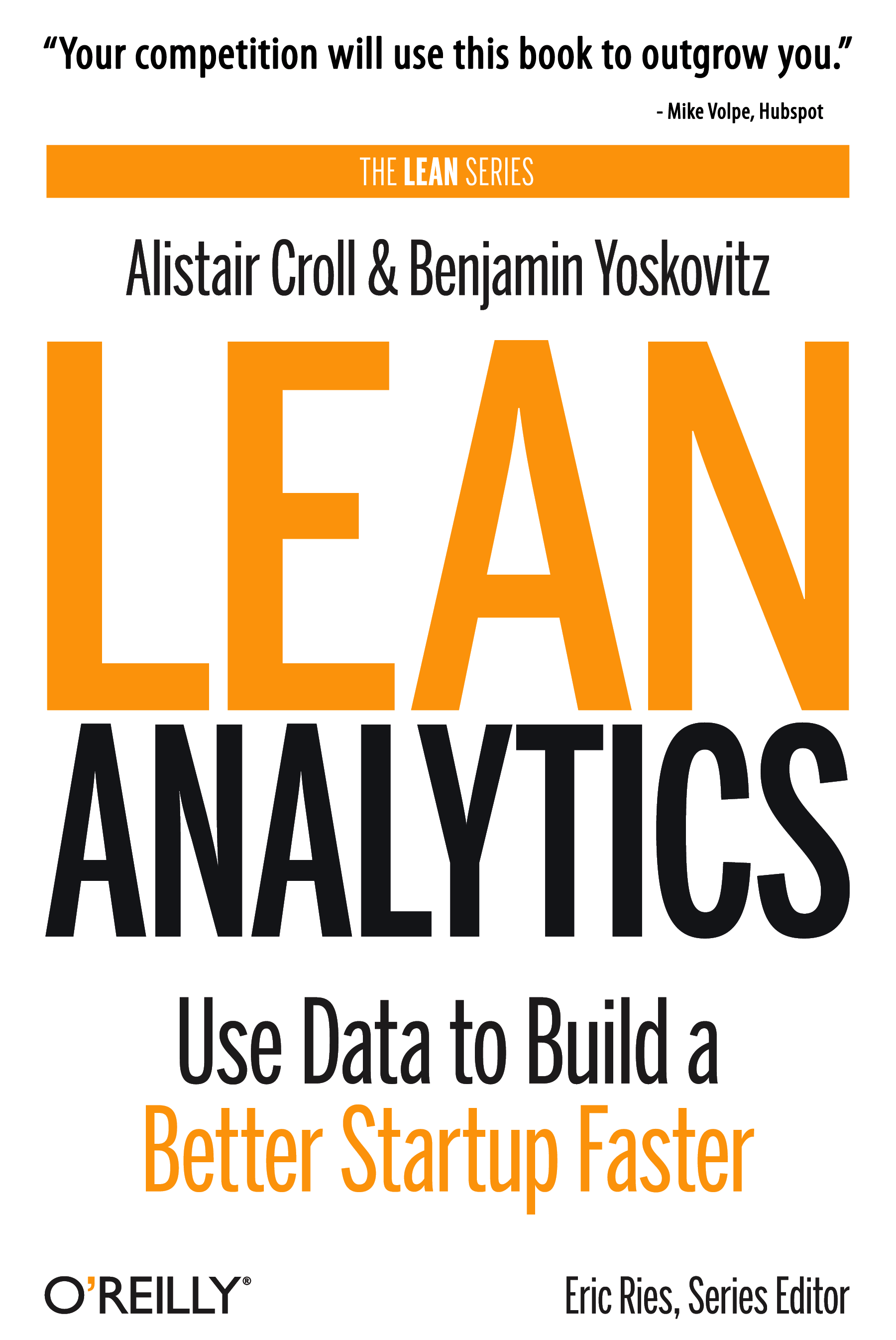What’s the best way to present financials to venture capitalists?
You don’t want to pitch VCs with full-blown financial models. Venture capitalists assume your financials are pulled from your backside, totally fabricated, and based on wild assumptions. On top of that, you’ll probably tell them that your financial projections are “extremely conservative” which they’ve heard a hundred times over.
My new startup, Standout Jobs is in the process of seeking financing. It’s not the first time I’ve been involved in raising money, but it is the first time I’ve been this actively involved, and the learning curve is significant. Much of my breakdown below is based on the processes we’re going through now alongside our advisors.
1. Develop a Financial Model
If you’re raising $10,000 from friends & family this isn’t necessary, although it’s a good exercise to go through no matter what. Building out a financial model gives you the chance to really think about the details of budgeting, costs, revenues, etc. It will also help set expectations, brainstorm new product ideas, and set milestones and goals.
You’re not going to show the VCs your financial model, but it serves as the backdrop for what you will pitch them.
2. Set a Revenue Target
Give VCs a revenue target, at least for the next 1-2 years. Beyond that is basically a black hole, except that you hope revenues skyrocket!
Don’t tell them it’s extremely conservative. Don’t tell them you only need 1% of the market. Do tell them how you arrived at that number.
3. Explain Your Assumptions
You’ve set your 1 and 2 year revenue targets. Now it’s time to explain to the VCs how you’re going to get there. And this is really the key. It’s at this point where you’re going to justify your revenue target and your business model.
Try breaking down your revenue targets into smaller and smaller chunks. Ask yourself questions like:
- To hit our revenue target, how many clients do we need?
- To get that many clients, how many prospects will we have to reach?
- What will our conversion rate be from the free beta to paying system?
- What will our retention rate be for customers from year to year?
The questions you ask will depend on your product/service and business model, but the goal is to get deeper and deeper into the details, as if you’re peeling an onion. The inside of the onion is really the heart of things and it reveals a lot.
You don’t have to present all of these numbers ad infinitum to the venture capitalists, but going through this exercise of taking a single revenue number and breaking it down will help.
4. Show VCs You’re Thinking About The Right Things
Venture capitalists don’t expect you to have all the answers. They know you don’t. But they do want to see that you’re thinking about a few critical things, namely: Business Model, Sales and Marketing.
Going through the steps above will help you demonstrate to VCs that you are thinking about these things. If you have a solid assumption for your conversion rate from free beta to paying customer, and you know how many paying customers you need, you know how many beta customers you need. Once you know how many beta customers you need, you can start to build a plan for getting them. Maybe that involves direct sales; contacting targeted customers to get them signed-up. If that’s the case, you can figure out what your conversion rate will be on sales calls and figure out how many people you have to call to sign up the right number of beta customers to convert to paying customers to hit your revenue targets. Phew.
Again, all of this is too much detail for a VC pitch, but going through this detailed thinking exercise will help.
Lots of technology companies have a “build it and they will come” approach. Heck, it can work. It’s still working today. But I wouldn’t hang my hat on it. And if you go to VCs with that model they have much less information and foundation off which to judge your pitch.
Remember: Your financials don’t have to be pulled from your arse.
Presenting financials is hard. If you can bring in more experienced entrepreneurs and advisors, do it. First-time entrepereneurs will have little or no experience with financial modeling or even tackling tough questions on how they’re going to market & sell their product. But the more you can tackle this stuff up front the better your pitch (and business) will be.
 Founding Partner at
Founding Partner at 